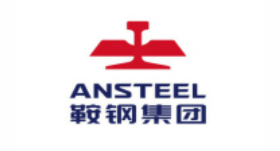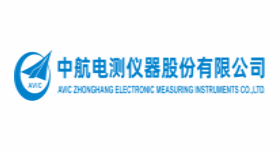Advantages: compact structure, strong overload capacity, high natural frequency and fast dynamic response, convenient installation and low manufacturing cost.
Disadvantages: poor anti-lateral and off-load ability (double diaphragm structure is better), poor inherent linearity, weighing sensor is not easy to fix and rotate. Due to the above advantages, the column load cell is currently used more in the truck scale, but its shortcomings can not be avoided. In view of the poor anti-lateral and off-load ability of column load sensor, some companies have specially recommended the off-load Angle of "does not affect the measurement performance" on the product samples, and its limit is a tension structure, so that the carrier is basically in the horizontal state without moving, while ensuring that the effect of vertical force is not affected. The length of the carrier of the truck scale is relatively large, and the limiting device used is to allow the carrier to have a certain displacement in the horizontal state, so that the weighing sensor may also shake. That is, in this constant shaking, the cable is constantly wound to the load cell until it is pulled off. The third is the problem of partial load. Why is the segment difference (that is, partial load error) of the truck scale using the column weighing sensor relatively large? Although it is related to the influence of "boundary conditions" brought about by the processing of the carrier, from a theoretical point of view, due to the influence of thermal expansion and cold contraction, the tilt of the column weighing sensor at both ends of the carrier is large, resulting in partial load force, and the greater the weighing value, the greater the partial load error. At the same time, this component is also related to the height of the weighing sensor, the relative influence of the high height of the weighing sensor is smaller, and the relative influence of the low height is larger.

































